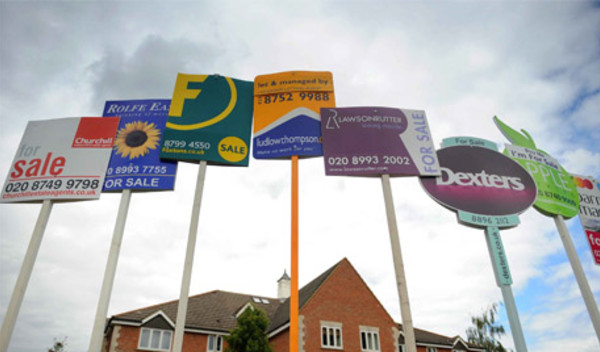

The number of consumers opting to remortgage rose by almost 20 per cent year-on-year in May, new data has shown.
UK Finance’s mortgage lending trends, published yesterday (July 16), showed there were 21,370 new remortgages with additional borrowing (where the consumer borrows more than their original mortgage) in May 2019 — 19.8 per cent more than in the same month last year.
The number of consumers who remortgaged with no additional borrowing rose by 19.7 per cent to 19,650.
According to UK Finance, remortgage growth was in line with the fixed-rate period of mortgages coming to an end which is a prompt for customers to review their mortgages.
Fixed rate mortgages had gained in popularity in recent years, across the 2-, 3-, and 5-year ranges.
Andrew Montlake, managing director of Coreco, said the figures showed fewer people were moving homes.
He said: "The 20 per cent increase in remortgages with additional borrowing confirms how a lot more people, given the uncertain climate, are seeking to add value to their existing homes rather than move.
"With mortgage rates so low, many people see extending and renovating their existing homes as a strategic move. They’re playing percentage property."
The findings showed the home purchase market had remained steady as 30,720 first-time buyers took out a mortgage in May, 0.5 per cent up year-on-year, while homemover mortgages fell by 1.2 per cent to 29,430.
Landlord numbers were also constant when compared with May 2018. There were 5,500 new buy-to-let home purchase mortgages completed in May of this year, the same as last year, while 15,000 remortgages were taken out, up 2 per cent annually.
Tomer Aboody, director of property lender MT Finance, said buy-to-let investors were not "selling up" as a result of tax and regulatory changes as once predicted, but were instead absorbing the extra costs and refinancing.
He said: "This once again proves that higher stamp duty and extra taxes haven’t helped create more movement in the housing market, but have done the complete opposite and created stagnation instead."
The findings also showed the levels at which consumers were borrowing money in relation to their finances had remained steady.
The average first-time buyer spent 17 per cent of their income on their mortgage repayments, compared with 17.3 per cent last year, while the average loan-to-value increased from 77.7 per cent to 77.8 per cent.
There was a similar picture with homemovers. The average monthly repayments were 17.5 per cent of their income, steady with the year before, while the average LTV increased slightly from 66.9 per cent in May 2018 to 68.2 per cent this year.
This was after the Bank of England warned lenders it was "watching them like a hawk" over high LTV and loan to income mortgages.
Tim Waterlow, development director of lifetime mortgage provider Responsible Lending, said: "A race to the bottom in interest rates is keeping first-time buyers’ eyes firmly fixed on property, and they have not thrown their home-owning ambitions aside despite house prices rising in much of the country.
"They hold the golden ticket when it comes to incentives to buying a home, thanks to Help to Buy and the lack of stamp duty — and they are making the most of these opportunities while they can."
Mr Waterlow said the sector needed them to continue to do so as transactions remained low elsewhere in the market.
But Kevin Roberts, director at Legal & General Mortgage Club, said there were still challenges facing people trying to take their step on the housing ladder.
He cited research from HSBC that suggested people now expect to be, on average, 39 years old before they buy their first home.
imogen.tew@ft.com
What do you think about the issues raised by this story? Email us on fa.letters@ft.com to let us know.



